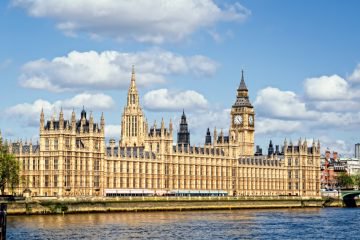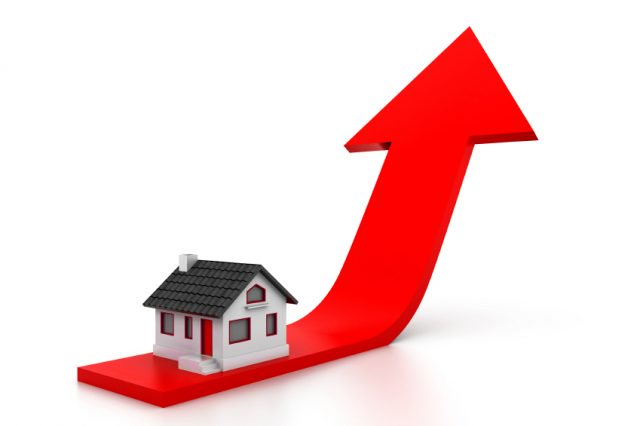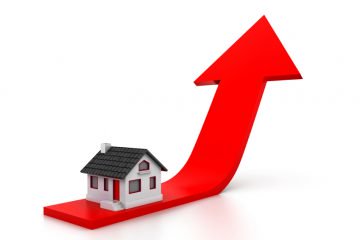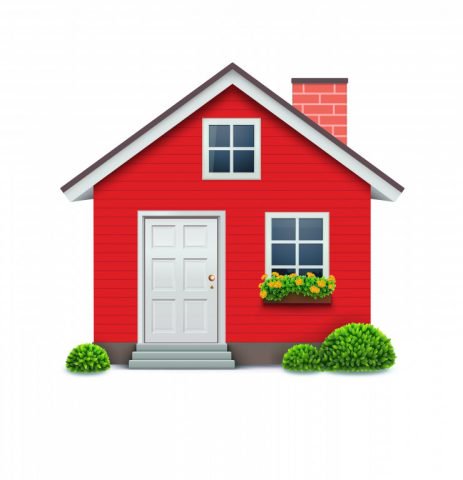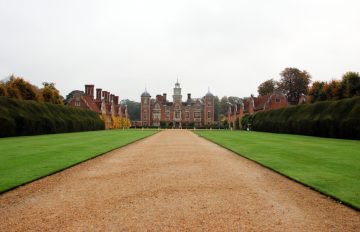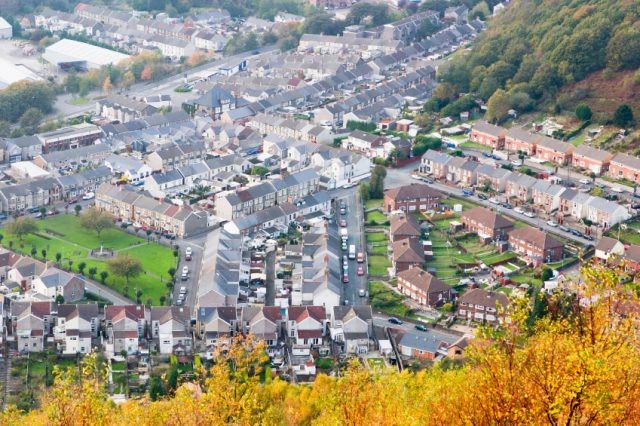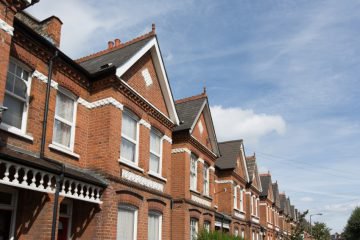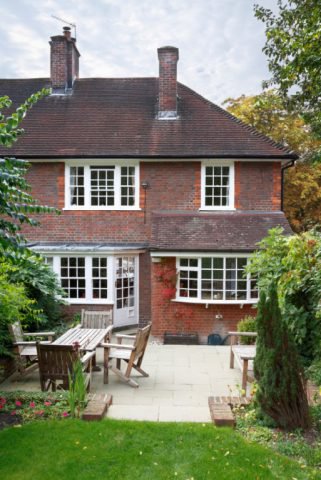Average London home to hit £1m by 2020?
A new investigation has left would-be property purchasers in the capital concerned, with experts suggesting that prices could rise to hit an average of £1m by 2020.
The report from online portal Rightmove revealed that asking prices of houses coming onto the market have risen by 2.2%-more than £13,000-over the last month.
Rises
After a summer lull, this rise means that those looking for a new property in London can expect to pay an average of £620,003. Figures from the report indicate that this is an all-time high figure and represents a 08% on the former record set in July.[1]
‘This month’s 2.2% rise more than reverses the seasonal slowdown over the last two months when the average price of property coming to market fell by 0.6%,’ observed Miles Shipside.’[1]
He went on to say that, ‘it’s a volatile time of year for average prices however, as potential sellers of higher-priced properties tend to refrain from coming to market in the holiday period, but then get on with their home moving plans again in September partly influenced by children going back to school.’[1]
‘The back-to-normal service has resulted in new seller asking prices reaching another milestone, with a new record high,’ he added.[1]
Annual increase
In addition, the annual rate of property price increase has risen sharply to 9.5%, further widening the gap between supply and demand. The capital is now facing a desperate need for more homes.
However, there could be good news for those looking to buy in the boroughs of Newham and Tower Hamelets. In Newham, prices actually fell by 2.8% over the month, while in Tower Hamlets, prices dropped by 4.4%.[1]
This meant in Newham, average prices currently stand at £361, 557, while in Tower Hamlets, this figure is £566, 497.[1]
[1] http://www.wharf.co.uk/news/property/average-london-property-prices-could-10098242
